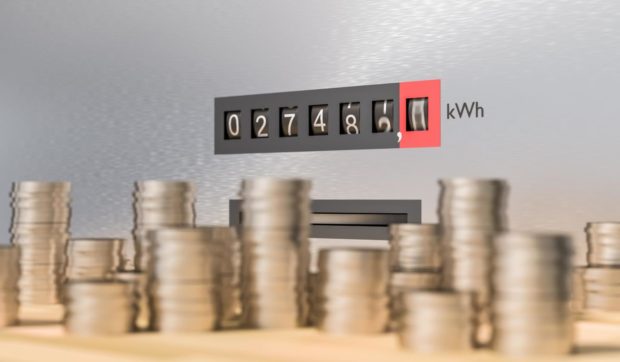A Scottish charity is warning consumers face a “perfect storm” of higher bills and reduced incomes – after the energy regulator confirmed a price cap rise.
Ofgem has announced that bills for 15 million UK households will increase by at least £139 to a record high from October due to a rise in wholesale prices.
The watchdog says energy customers on default tariffs paying by direct debit will see the sharpest jump in prices since the cap was introduced, taking average bills to £1,277.
Pre-payment customers will see costs rise by £153, from £1,156 to £,1309.
Furlough ending and Universal Credit ‘cut’
Kate Morrison, fair markets spokesperson for Citizens Advice Scotland, said: “News of this increase points towards a perfect storm for consumers this autumn, with higher bills coinciding with an end to the furlough scheme and proposals to cut Universal Credit by £20 per week.
“Lots of people are struggling just now. One in seven people are struggling on their present income according to polling for CAS. That’s before higher bills and lower incomes this autumn.
“That this increase seems to be driven by the increasing cost of fossil fuels should also focus the mind ahead of COP26 in Glasgow this year.
“It’s another example of why we need to switch to low carbon heating as alongside the right actions from government it will be cheaper for us all in the long run.
“If people are struggling with energy bills they can also turn to the Citizens Advice network for support.”
Why are bills going up?
The increase has been driven by a rise of more than 50% in energy costs over the last six months, with gas prices hitting a record high as inflation jumped amid the easing of pandemic restrictions, according to Ofgem.
Chief executive Jonathan Brearley said: “Higher energy bills are never welcome and the timing and size of this increase will be particularly difficult for many families still struggling with the impact of the pandemic.
“The price cap means suppliers only pass on legitimate costs of supplying energy and cannot charge more than the level of the price cap, although they can charge less.
“If you’re struggling to pay your bill you can get in touch with your supplier to access the help that’s available and, if possible, shop around for a better deal.
“I appreciate this is extremely difficult news for many people. My commitment to customers is that Ofgem will continue to do everything we can to ensure they are protected this winter, especially those in vulnerable circumstances.”
Industry-watchers had expected Ofgem to hike the price cap by around £150 from its current level of £1,138 for an average household’s gas and electricity bills.
The new rate will come into force from October 1 for customers on their supplier’s default tariffs.
Households that shop around and sign up to fixed plans with suppliers are not subject to the price cap. Customers are often able to save hundreds of pounds by choosing a fixed tariff over the default.
The regulator reviews the price cap once every six months, and changes it based on the cost that suppliers have to pay for their energy, cost of policies and operating costs, among other things.
Andrew Bartlett, chief executive of Advice Direct Scotland, said: “These looming price rises will inevitably concern many families across Scotland.
“The increases will come in just as the cold weather starts, making it even harder for households.
“We know that more than a third of Scots are already worried about paying their monthly bills, and many have been rationing their energy usage, so this will add to the anxiety.
“Energy bills and energy contracts can be a minefield for consumers, which is why we launched energyadvice.scot earlier this year.
“Free and practical advice is now available to anyone in Scotland through whatever form of communication they prefer – over the phone or digitally.”











